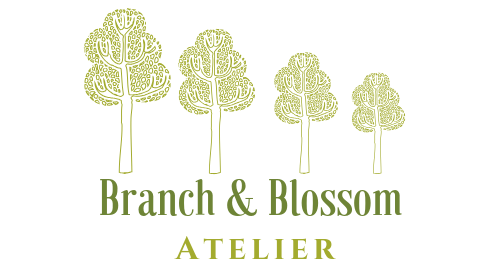Huge thanks to everyone who joined me for the Facebook Live about fine motor toys. If you missed it, you can watch the replay on Facebook or check it out here.
What is fine motor play?
Fine motor play is any type of play that increases the use of the small muscles between the fingers and hand. Fine motor skills become more sophisticated as a child develops and practices using the skills. Fine motor skills are important for self-feeding, getting dressed, drawing, writing, typing, sewing, painting, etc.
Many toy creators make toys that encourage the development of fine motor skills. In fact, most of the toys we have already talked about in this series give children an opportunity to strengthen their fine motor skills. If you missed the posts on dramatic play, small world play, or construction play, check them out!
Today I am sharing all the toys that I could find in my house, that encourage fine motor skills but did not fit in the first 3 series. This post does contain affiliate links. These are all toys that have been well-loved in my house and have gotten lots of use from my 4 children over the years. As with all toy suggestions, you will need to use your best judgement as to what is best for your child. Some of these suggestions do have small pieces.
Puzzles
Do you enjoy completing puzzles? I am not very good at them! I used to cringe when I was a preschool teacher and the puzzle shelf was left a mess at the end of the day. It took me longer than I am willing to admit to put the puzzles back together :)
My children, on the other hand, are puzzle gurus. Well, we haven't mastered the 100-250 piece puzzles but they loved doing them as young children. And puzzles are great for children.
Inset Puzzles
When you are ready to introduce puzzles to your children, you will want to start with inset puzzles. These are puzzles where each piece is a distinct shape and picture and sets into the puzzle frame.
The pieces in the Winnie the Pooh puzzle are large and chunky. Most children will use a palmar grasp, using their whole hand, to pick up the pieces. The great thing about these puzzles is that the pieces can also be used for small world play!
Another type of inset puzzles are ones with peg puzzle pieces. These small pegs encourage children to move to a pincer grasp, which is the same grasp you use when writing. This farm puzzle is fun because it makes the animal sound when you put the piece in the correct spot.
Interlocking Puzzles
Once children are comfortable with the inset puzzles, they are ready to move to simple interlocking puzzles. These are jigsaw puzzles. First choose a puzzle that does not have too many pieces and has a frame.
An easy hack can be seen on the 9 piece Paw Patrol puzzle above. You can trace the shapes of the puzzle so children can match the correct piece to the correct spot. You can also number the pieces in order for easy clean up.
I love these 12 piece puzzle box sets! We have the pets, farm animals, and dinosaur sets. I love that they have their own box to keep all the pieces. Each set has 4 different puzzles inside. Each puzzle has its own identifying shape on the back to help you sort the pieces. The lid acts as a frame for the puzzle.
Pattern Blocks or Tangrams
Brickston has always loved this pattern blocks set. He will sometimes make his own pictures using the shapes. My kids also have a travel set with a magnetic board, but it was in my office this week.Stringing and Lacing Toys
Stringing and lacing toys encourage children to use both hands to complete a task. One hand stabilizes (holds the string), while the other hand does something different (put the bead on). I actually do not have any commercial stringing toys at the moment. My children string real pony beads onto pipe cleaners (with supervision). Because beads are a choking hazard, I found these great wooden and plastic napkin holders at a thrift store. I placed them in a basket with some ribbon and tulle.
Lacing cards are also well-loved in my home. We have this ocean set.
Magnets
My children love playing with magnets while I'm working in the kitchen. They put them on our dishwasher or on a cookie sheet. We have these animal and dinosaur magnets that they have loved over the years.
Other Must Have Fine Motor Toys
Here are some other must haves that I mentioned in the FB Live video:
































